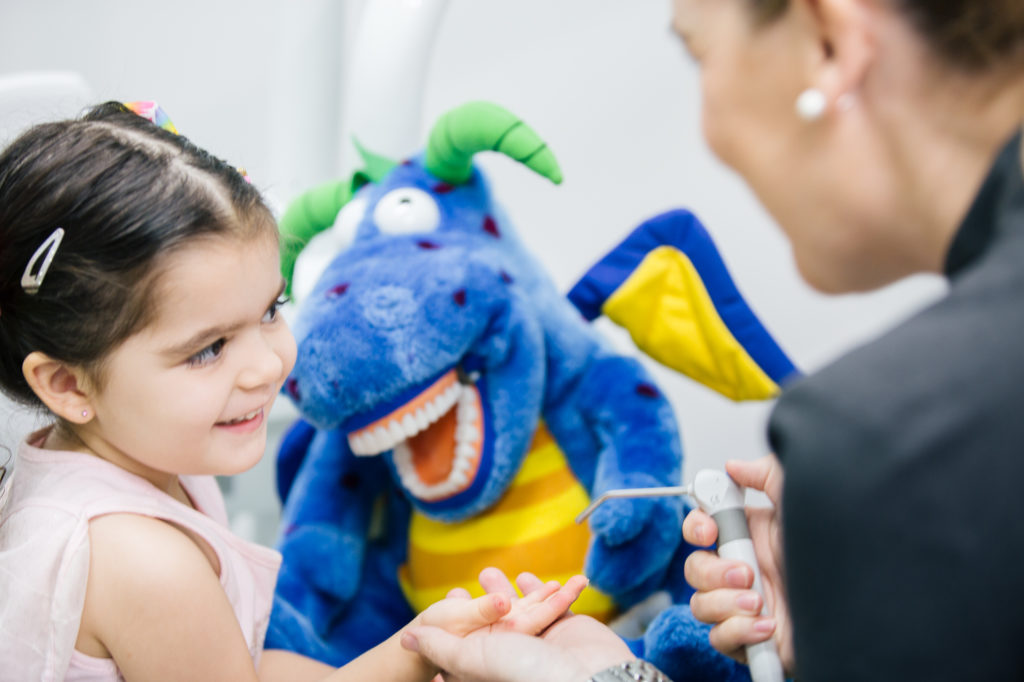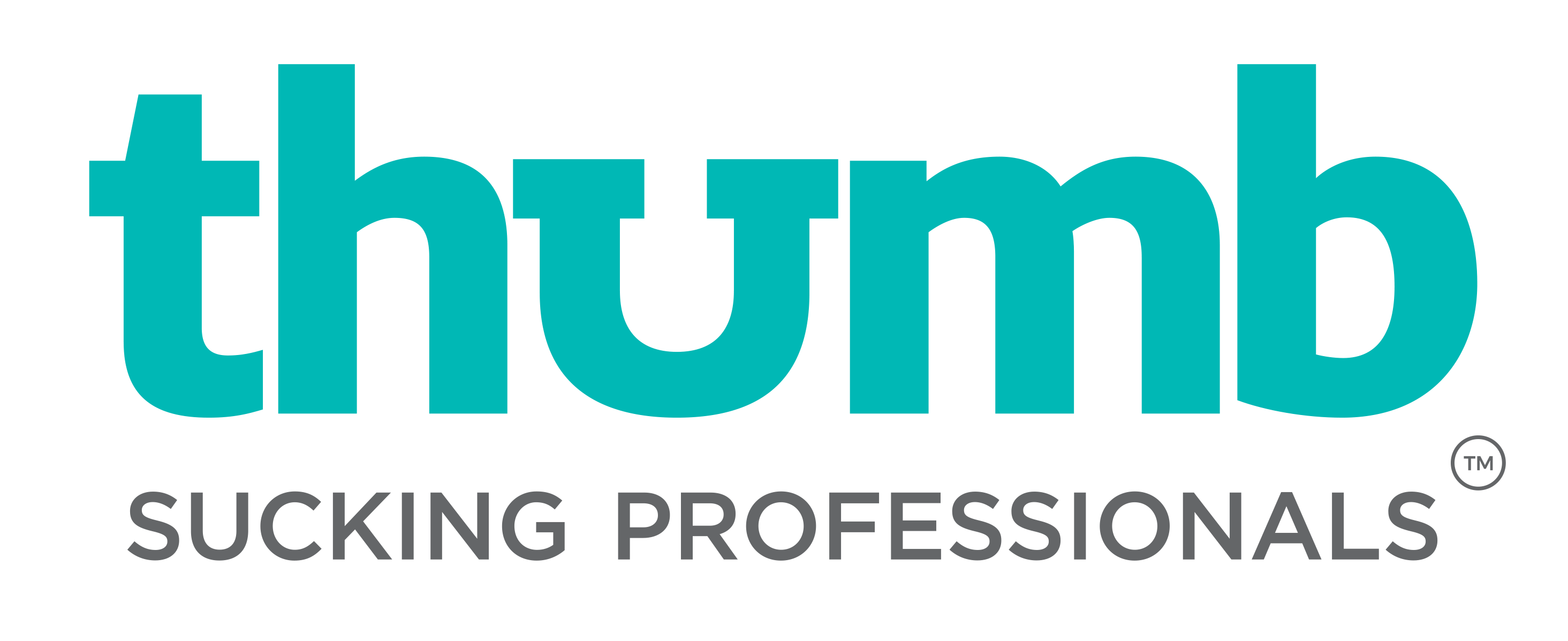Menu
A fantastic time to do an examination is when the patient isn’t even in the chair….

As clinicians, we are used to having bodies in our dental chairs – heads back, mouths open and teeth being counted, tissues being examined.
But one of the best things we can do for our patients is take more note of their faces and mouths BEFORE they even get in the dental chair.
Touted as the best way to observe potential behaviour problems and co-operation in children, the general appraisal is something we do when every child walks into our room.
But it should not just stop there.
Looking at a patients’ extra oral features can tell so much about their general health as well as what we may see inside their mouth.
Some things worth noting include:
– Overall appearance
– Facial symmetry
– Overall facial pattern
– Vertical Facial Relationships
– Oral rest position
Le’ts stop and break these things down for a moment and take some time to understand the significance of each.
OVERALL APPEARANCE
Firstly, observe the child’s posture or general stance. Are the shoulders rolled forward? Does the child exhibit core strength and muscular stability? These things may alert you to how the child functions in terms of eating and breathing and may prompt some further questioning throughout the examination.
Is there venous pooling or Dennie Morgan lines around the child’s eyes? This may alert you to a potential breathing issue.
Are there symmetry in the cheeks? Is one side larger than the other? Are the buccinators overactive for the child’s age?
When viewing the face, are the nasal passages small, the nose upturned? What’s the size of the columella and is there discharge or nasal congestion? What does the child’s voice sound like? Are they blocked up or hyper or hypo nasal?
And finally, the child’s mouth – is it open or closed? Do the lips meet at rest? Are the lips dry or cracked?
FACIAL SYMMETRY
All faces show a minor degree of asymmetry, but marked asymmetry is not normal. Deviations or asymmetric positioning of the eyes, ears, or nose may be symptoms of cranial synostosis, an undiagnosed syndrome, or severe trauma. A child with these findings should be referred to a medical professional for a complete evaluation.
Asymmetry usually manifests in the lower facial third, whereas upper facial asymmetry is extremely rare.
In the under 4 age group, a deviation of the midpoint of the mandible to one side or another may be due to true asymmetry, but it is most often indicative of a posterior crossbite and mandibular shift due to a dental interference.
The maxillary dental midline should be compared with the upper facial midline. This helps determine where the midline of the mandibular teeth is relative to the face when it is compared with the upper dental midline.
OVERALL FACIAL PATTERN
All faces can be allocated into 3 categories:
- CONVEX
- STRAIGHT
- CONCAVE
To begin the examination, the child should be seated upright, looking at a distant point.
Three points on the face are identified: the bridge of the nose, the base of the upper lip, and the chin
Line segments connecting these points form an angle that describes the profile as convex, straight, or concave.
A well balanced is slightly convex.
An assessment of the overall profile gives a general feeling for the skeletal relationships, but it is important to know that this evaluation does not diagnose the reason for the relationships.
VERTICAL FACIAL RELATIONSHIPS
The third portion of the facial examination is an evaluation of the vertical relationships. Proportionality is judged by dividing the face into thirds.
The upper third extends from approximately the hairline to the bridge of the nose, the middle third from the bridge of the nose to the base of the upper lip, and the lower third from the base of the upper lip to the bottom of the chin. These thirds are approximately equal, although the lower third will be slightly larger in well-proportioned faces.
ORAL REST POSITION
This may include but is not limited to things such as:
- Open mouth posture
- Mouth breathing
- Lips apart/together at rest
- Tongue position
- Oral tone
- Saliva control at rest/during speech
The best way to observe these things in detail is in official examination mode, but once you are experienced, you will often examine the patient whilst building rapport with them.
Face to face chatting or observing them on their mother’s lap gives you a great natural view of the child’s face.
Many clinicians do this routinely and find it a great source of information prior to the patient’s dental or speech examination.
Carla
We teach all this and more in our classes! Click here to learn with us!
Share
Tweet
Share
Pin
